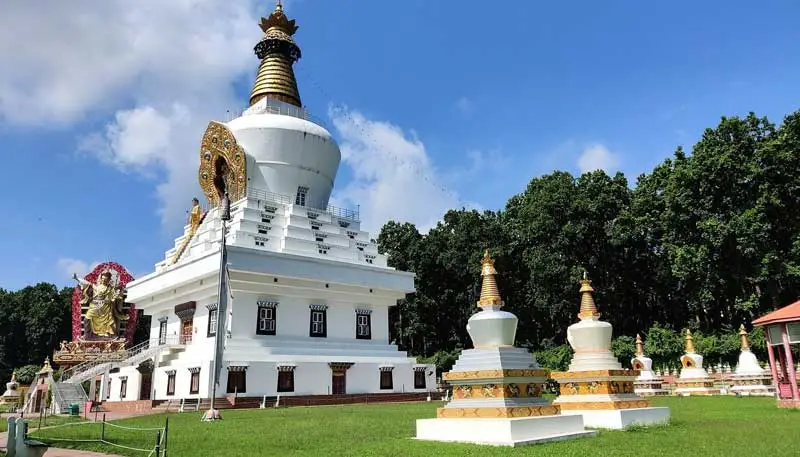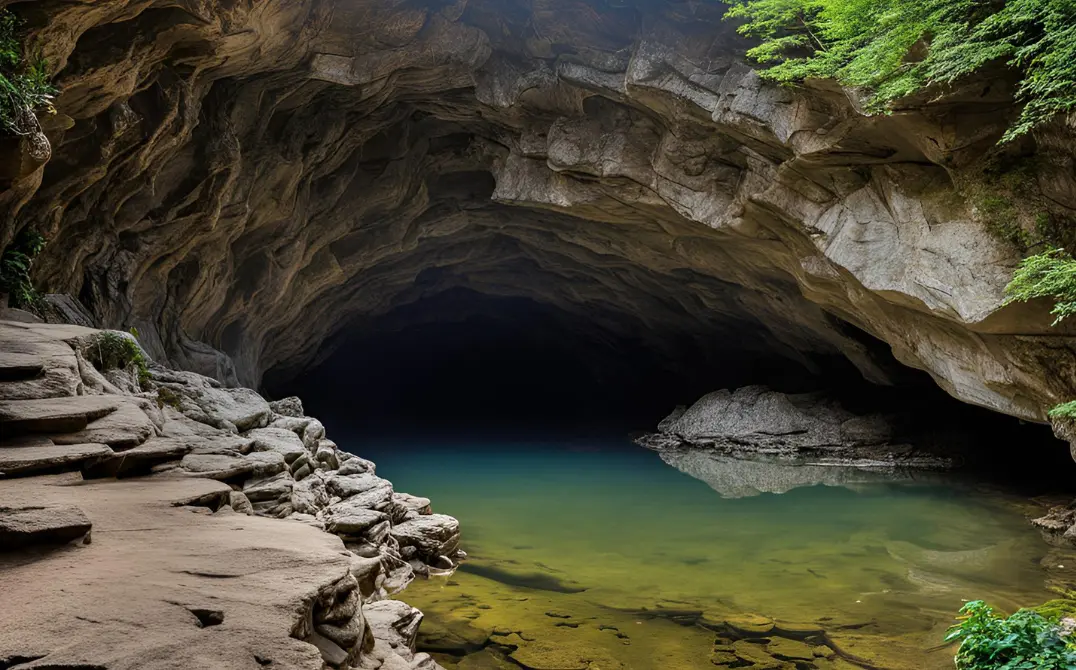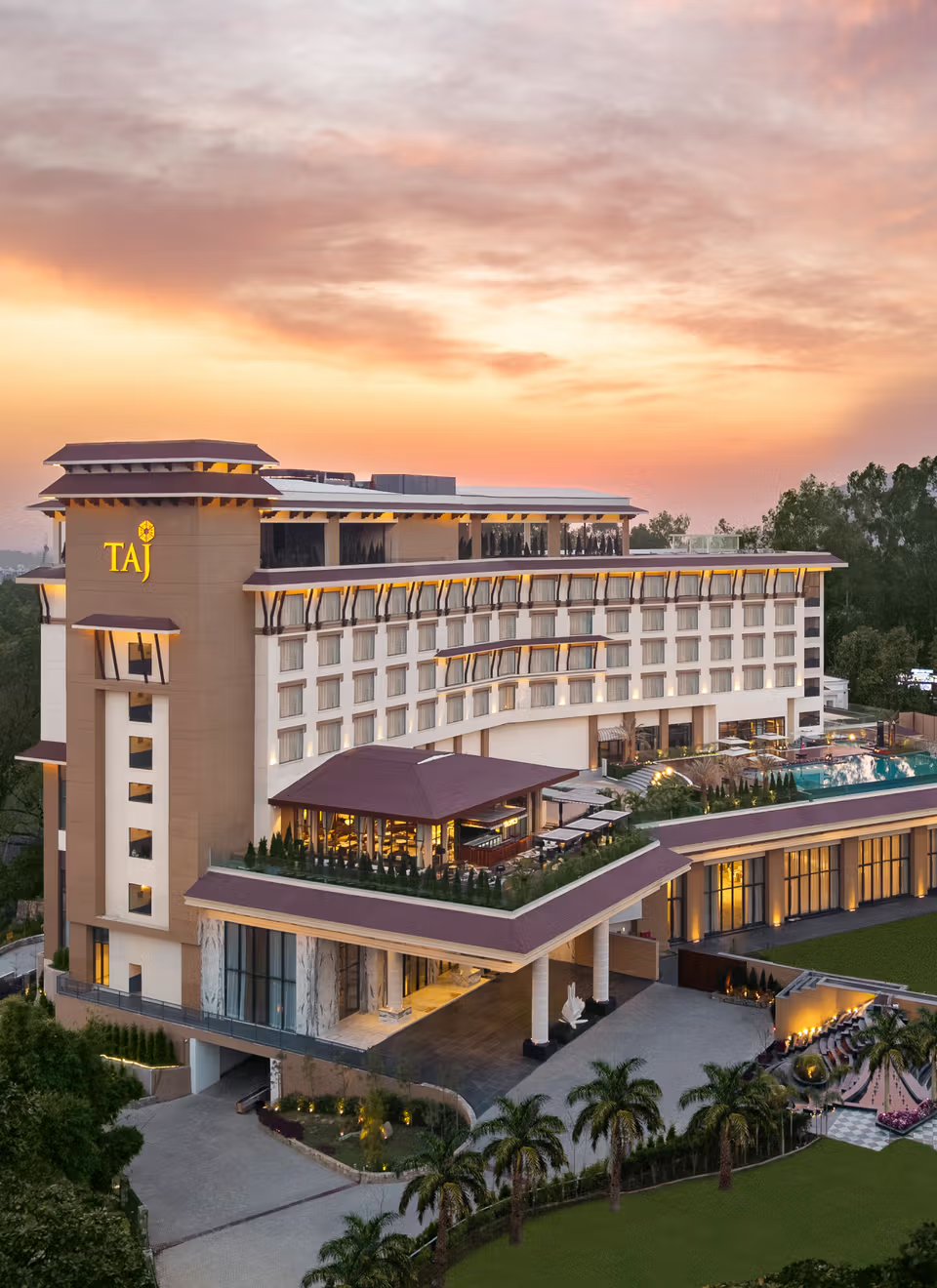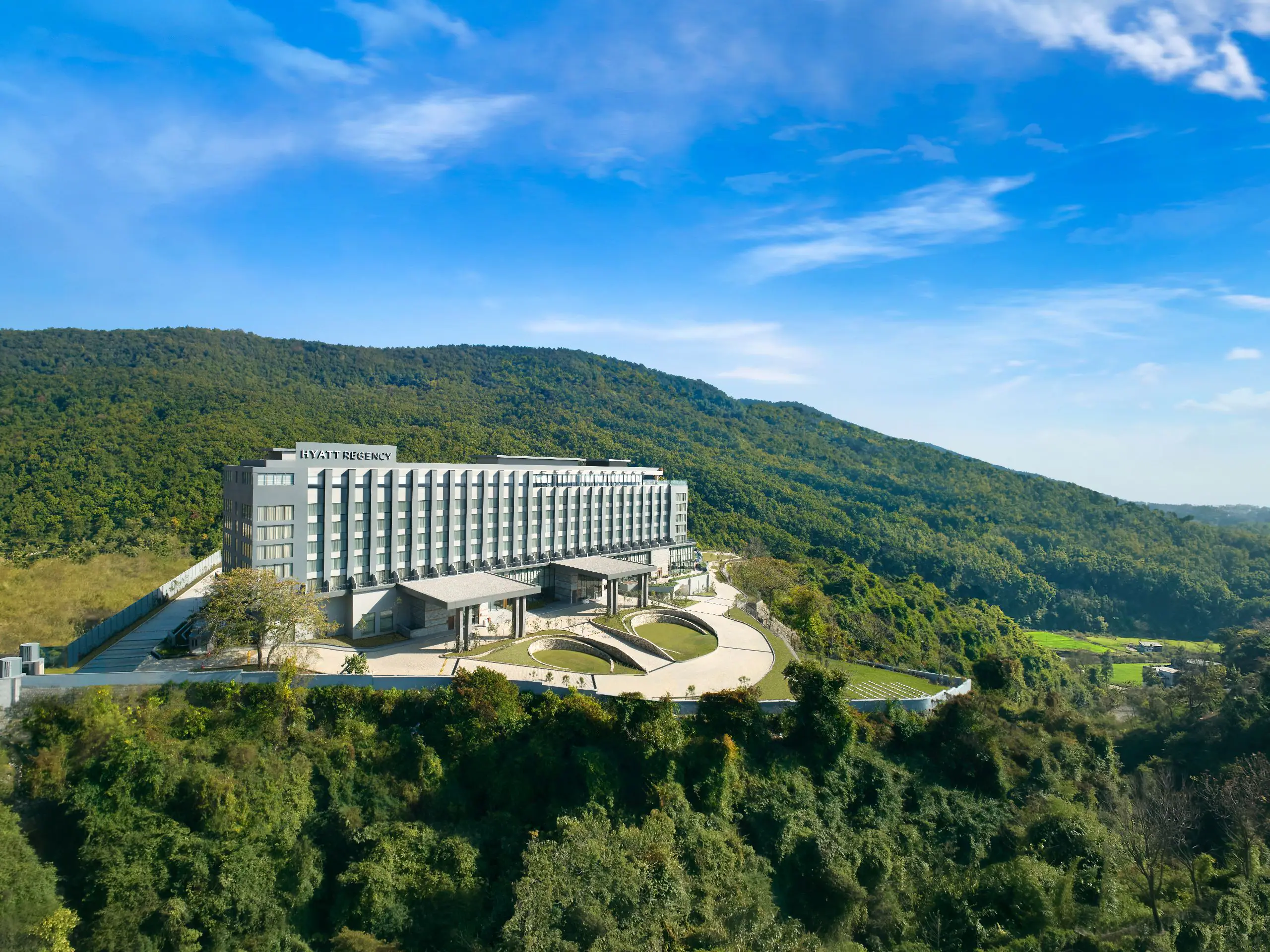River Rafting in Uttarakhand: An Adventure Guide for US Travelers
Uttarakhand, a northern Indian state nestled in the lap of the Himalayas, offers some of the most exhilarating river rafting experiences in the world. For US travelers who enjoy nature, adventure, and cultural immersion, river rafting in Uttarakhand is the perfect blend of thrill and serenity. With rivers like the Ganges, Alaknanda, and Tons carving their way through lush valleys and rugged canyons, the region invites both beginners and seasoned rafters to ride its untamed waters.
Why Choose Uttarakhand for River Rafting?
Uttarakhand stands out for its pristine rivers, dramatic Himalayan backdrops, and a wide variety of rafting stretches that cater to all skill levels. What makes it particularly appealing to US travelers is the unique combination of world-class rapids and rich spiritual culture. Whether you’re navigating the rapids of the Ganges in Rishikesh or taking on the wild currents of the Tons River, each trip feels like both a sport and a spiritual journey.
Best Time to Go Rafting in Uttarakhand
The ideal rafting season in Uttarakhand runs from late September to mid-June. During these months, the rivers are fed by glacial melt and seasonal rains, offering strong currents without being too dangerous. Avoid July and August due to the monsoon, which causes flooding and suspension of rafting operations.
Top River Rafting Destinations in Uttarakhand
1. Rishikesh – The Global Capital of Yoga and Rafting
For American tourists, Rishikesh is often the first stop for river rafting in India. Located about 150 miles from New Delhi, this town is not just the 'Yoga Capital of the World'—it’s also a hotbed of rafting adventure.
- River: Ganges (Ganga)
- Rafting Grades: Class I to Class IV rapids
- Popular Stretches: Brahmapuri to Rishikesh (easy), Shivpuri to Rishikesh (moderate), Marine Drive to Rishikesh (challenging)
The rapids are given names like Roller Coaster, Double Trouble, and Golf Course, adding character and anticipation to every bend. Outfitters in Rishikesh offer half-day, full-day, and multi-day rafting packages, usually combined with cliff jumping, body surfing, and riverside camping.
2. Alaknanda River – Raw and Remote
For more experienced rafters, the Alaknanda River offers intense Class III to Class V rapids. It is less commercialized than Rishikesh, making it ideal for those seeking a more secluded adventure.
- Route: Chamoli to Rudraprayag
- Duration: Multi-day expeditions (2 to 5 days)
- Highlights: Rapids like Hillary Fall, Kakad Fall, and Confluence
Expect a truly wild journey through steep gorges and dense forested terrain. Since these expeditions are remote, they usually include safety kayakers, medical kits, and porters.
3. Tons River – For the Adrenaline Junkies
If you’re an adventure junkie from the US looking for a serious whitewater challenge, look no further than the Tons River, India’s toughest rafting route.
- Rafting Grades: Mostly Class IV and V
- Route: Mori to Tuni
- Season: May to June and mid-September to October
Surrounded by pine forests and tribal villages, the Tons offers a cultural dimension rarely found on rafting routes. However, it is only recommended for advanced rafters with strong swimming skills and prior rafting experience.
4. Kali and Saryu Rivers – Off-the-Beaten-Path Expeditions
Located in eastern Uttarakhand near the Nepal border, the Kali and Saryu Rivers provide thrilling yet less crowded rafting experiences.
- River Grade: Class III to IV
- Best For: Rafters seeking remote multi-day adventures
- Highlights: Camping along terraced fields and spotting rare birdlife
This area is great for those combining rafting with trekking and rural homestays, perfect for American eco-tourists and backpackers.
What to Expect: The Experience
Most rafting trips begin with a safety briefing and gear check. You’ll be equipped with a helmet, life jacket, and paddle. English-speaking instructors are standard in Rishikesh and other main towns, making communication smooth for US visitors.
Rafting itself can last from 1 to 6 hours depending on the chosen stretch. Expect a combination of calm water, sudden drops, narrow gorges, and swirling rapids. Between runs, you may get a chance to jump in the river, swim, or rest on sandy banks.
Is It Safe?
Yes, rafting in Uttarakhand is generally safe if you choose certified operators. Always verify the outfitter’s safety protocols, equipment quality, and guide credentials. Avoid unlicensed street vendors offering extreme discounts.
Recommended Tour Operators
- Red Chilli Adventure – Known for expert-guided tours and safety record
- Jumpin Heights – Offers rafting alongside bungee jumping and zip-lining
- Himalayan River Runners – Great for multi-day expeditions on Alaknanda
Travel Logistics for US Tourists
- Nearest Airport: Jolly Grant Airport, Dehradun (DED), with connections from New Delhi (DEL)
- Currency: Indian Rupee (INR). Cards are accepted at most hotels, but bring cash for small purchases.
- Language: English is widely spoken in tourist hubs
- Visa: Most US citizens require a tourist visa. E-visas are available online.
Where to Stay
From budget hostels to luxury riverside resorts, Uttarakhand has accommodation for every kind of traveler:
- Aloha on the Ganges (Rishikesh): Upscale resort with a wellness focus
- Zostel Rishikesh: Popular among solo travelers and backpackers
- Camp Aquaforest: Tented accommodation right on the riverbank
Other Activities to Combine with Rafting
Make the most of your Uttarakhand visit by exploring these additional experiences:
- Yoga Retreats: Rishikesh is globally renowned for yoga and meditation centers.
- Trekking: Trails to Kedarkantha, Har Ki Dun, and Valley of Flowers are close by.
- Wildlife Safaris: Explore Rajaji National Park and Jim Corbett Tiger Reserve.
- Cultural Tours: Visit temples, ashrams, and Himalayan villages for a deeper understanding of Indian spirituality and heritage.
What to Pack
- Quick-dry clothing and swimwear
- Waterproof sandals or river shoes
- Waterproof phone pouch or action camera
- Sunscreen and sunglasses with strap
- Reusable water bottle
Final Tips for US Travelers
- Book with licensed and insured rafting operators
- Respect local customs—dress modestly and avoid alcohol in spiritual zones
- Always listen to your guide; the rivers are beautiful but powerful
- Don’t forget travel insurance that covers adventure sports
Conclusion: Adventure Meets Tranquility
River rafting in Uttarakhand is more than a sport—it’s a journey through the sacred landscapes of India, offering adventure, natural beauty, and a connection to something timeless. For US travelers looking for more than just sightseeing, this experience offers adrenaline, culture, and unforgettable memories. So pack your gear, say yes to the rapids, and let Uttarakhand’s wild rivers carry you on a journey you’ll never forget.



 The Taj Mahal Hotel, Dehradun
The Taj Mahal Hotel, Dehradun Four Points by Sheraton Dehradun
Four Points by Sheraton Dehradun Welcomhotel by ITC Hotels
Welcomhotel by ITC Hotels Hyatt Regency Dehradun
Hyatt Regency Dehradun Lemon Tree Hotel Dehradun
Lemon Tree Hotel Dehradun

